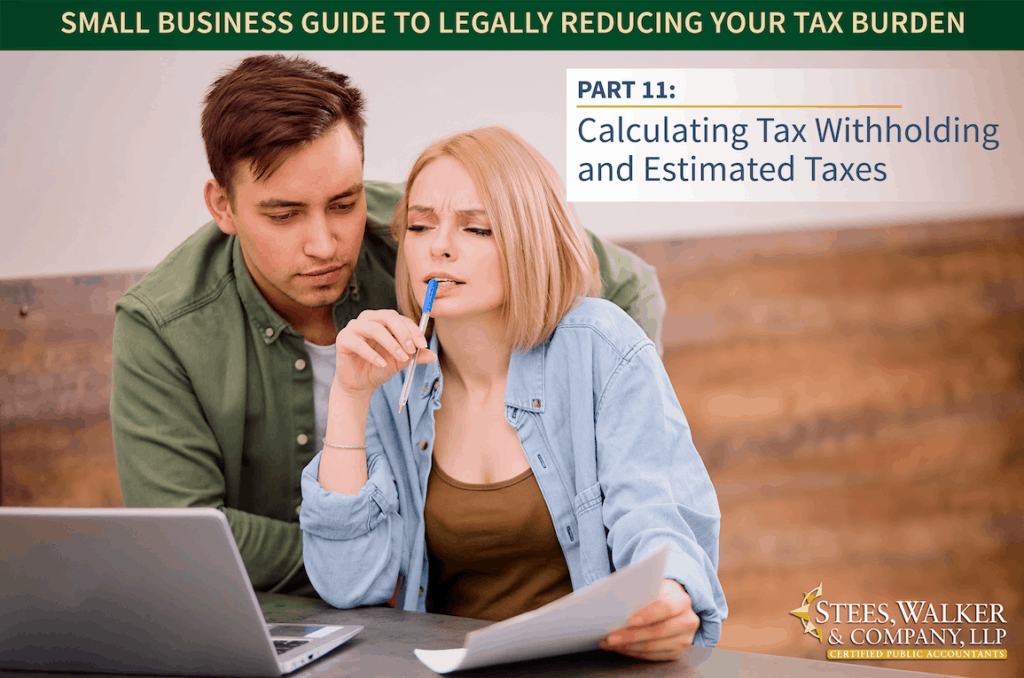Midyear Tax Planning Tips for Individuals and Businesses
If you’re waiting until around the 15th of March — or worse yet, April — to save on your taxes, you’re waiting too long. Sure, you can use certain approaches to trim your taxes when completing your annual tax returns, but the bigger savings come from what you do in the months and years prior to filing.
And with recent changes in the balance of power in Washington, D.C., a little mid-year tax planning is sure to help you avoid some nasty surprises in the Aprils to come. President Biden has released a plan that, if enacted, will result in higher tax rates for certain individual and corporate taxpayers. Only time will tell what will ultimately happen. We’re keeping an eye out for any new tax legislation and will alert you when changes occur. But now is a good time to review your finances, so that if any changes to tax laws do take effect, you’ll be better prepared to act.
In this post, we cover several tax-planning approaches you’ll want to consider now — midway in the year — whether you’re an individual taxpayer or a small-business owner.
SWC Client Reminder: It’s time to schedule your complimentary 2021 Mid-year Tax Planning and Financial Strategy Meeting. Visit www.SteesWalker.com and click on the Contact link at the top of page, followed by the “Schedule Your Appointment Online” button on the next page.
Tax-Planning Strategies for Individual Taxpayers
First, consider some tax-planning approaches for yourself as an individual taxpayer. From revisiting your tax withholding or estimated tax payments and taking advantage of lower tax rates on investment income, to timing your investment gains and losses and taking advantage of expanded credits for kids, there are several strategies you may want to consider.
First up, let’s have another look at your tax withholding and estimated tax payments: Continue reading…


